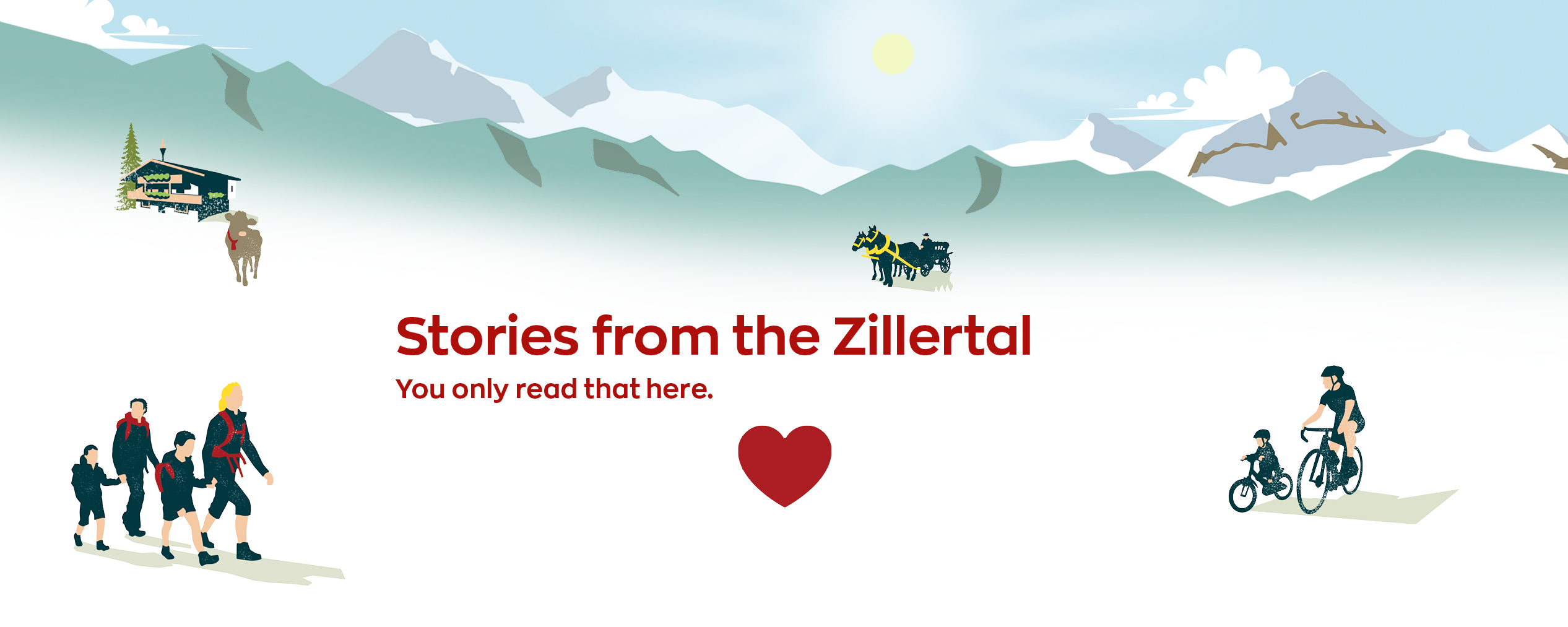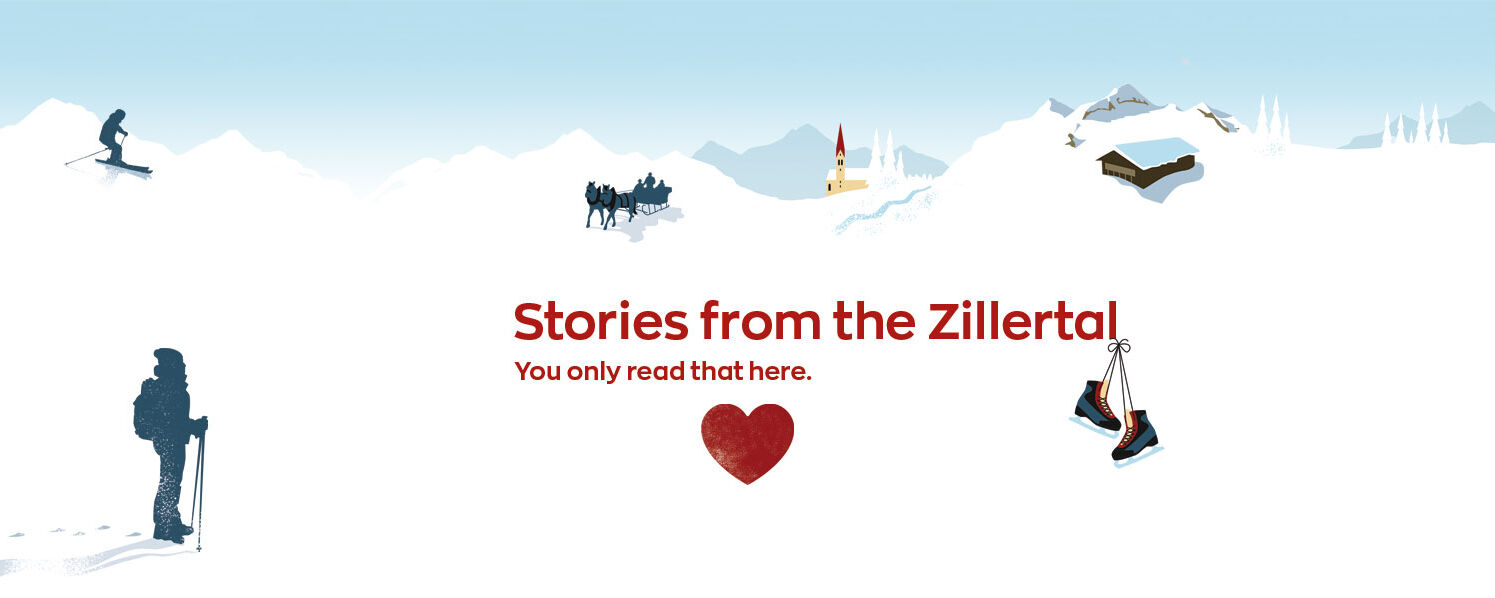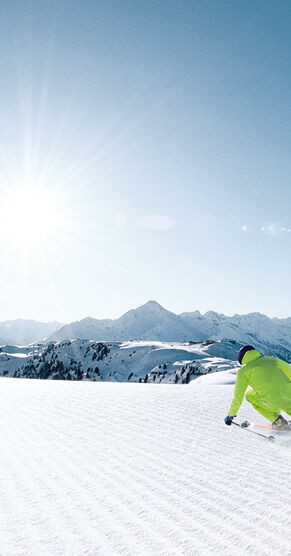
Stories to marvel
Trail Running
Freedom at your feet
If you’ve never done it, then now’s the time to start! We’re talking about trail running – jogging in the mountains. And because Zillertal is ideal for this trend sport, it’s natural that one of the world’s best trail runners comes from Mayrhofen: Markus Kröll. We got under his feet for a while.
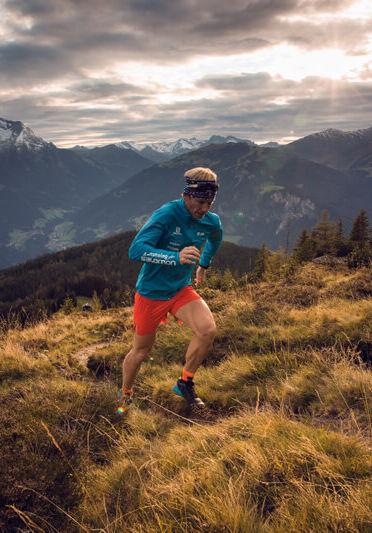
T here’s nothing like running through nature! At least, that’s what Markus Kröll (46), one of the most experienced mountain runners in Austria, thinks. He is one of the main people responsible for the mega-boom in mountain running, now called “trail running”. “Here in my home town of Mayrhofen and in Zillertal as a whole, conditions are perfect for both beginners and pros”, he explains. So we enticed the chief runner to give us ten important tips for jogging uphill and down dale.
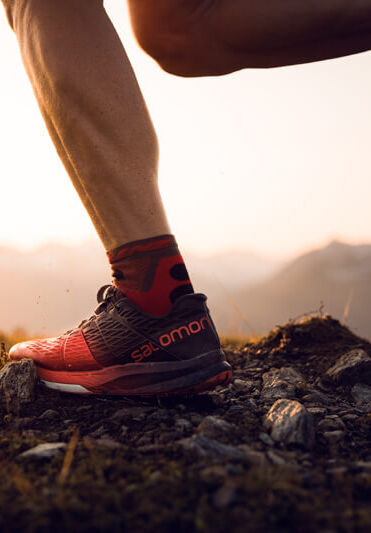
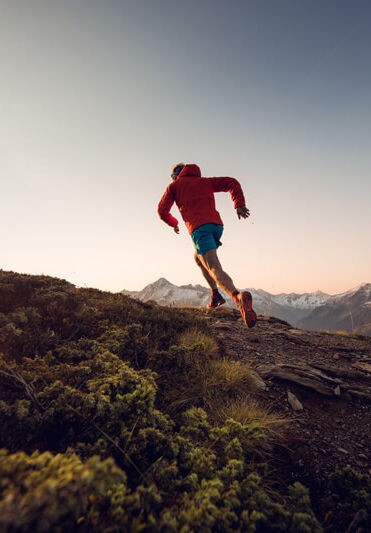
1 Why do you find trail running so fascinating?
When I stand on a mountaintop after a run and look down into beautiful Zillertal, and when all is peaceful, I’m just happy. That’s a fascinating moment every time I do it. I simply can’t get enough. It’s a combination of sport and nature experience.
2 Why is Zillertal so special for you as a trail runner?
For me, it’s a privilege to be able to go out of my front door in Mayrhofen and simply run through a beautiful natural landscape. We have all types of terrain here – tracks, meadows, moss and forests. And when you reach the back region of Zillertal and the view opens up to reveal the main ridge of the Alps, even the most hardened outdoorsman will be open-mouthed with amazement.
3 What if people don’t know the region as well as you do?
Then I’ve got a perfect suggestion. Right here in Mayrhofen, we have the wonderful “Easy Trail” which is perfectly signposted. This is a running track which offers everything for everybody, from beginners to professionals. You can choose a suitable stretch of the run – and be sure not to get lost.
4 What’s important for a beginner?
It’s important not to overdo it. Don’t start with steep ascents, but run across the slope. Just take things step for step and don’t put yourself under false performance pressure. If you are under stress, you may well miss out on the enjoyment this great sport has to offer, before you’ve even got started.
5 What equipment do I need for trail running?
One of the best aspects of this sport is that the equipment is not expensive and lasts for a long time. It’s important to have a backpack which fits really well and contains water, cap, rain jacket, rain trousers and a first aid kit. If you’re on your own, it makes sense to carry a mobile phone. I also recommend a GPS watch which records the run. But the most important things are your shoes. They really have to be good! My tip: have a foot analysis done in a special store and then choose the right shoe!
6 Why do I need special shoes?
The sole of a trail running shoe is not as thick as the one on a classic running shoe because it takes its shock absorption from the soft ground underfoot. This is important because, due to the low heel, you are less liable to sprain your ankle. You must really take care in natural terrain. And, what’s more: I recommend you to have two pairs of shoes. This is because a shoe takes about 24 hours to get back to its optimum shape after a run so that it can protect the foot properly. In addition, it’s better for the muscles in the foot if they don’t get used to only one shoe, but keep having to adapt to the other model.
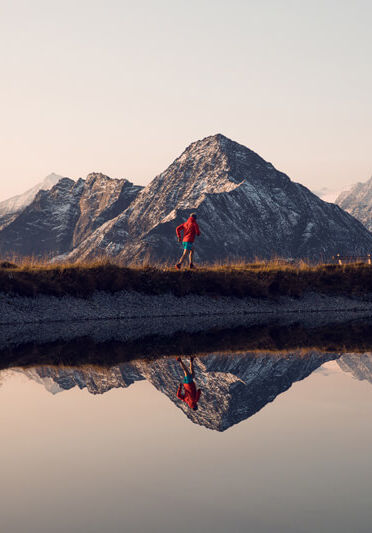
7 What’s important to know about trail running technique?
Jogging in the mountains requires a slightly different technique from running on the street. On an uphill run, you should definitely not start off at full speed, but take care to reduc
8 What else is particularly important?
It’s particularly important to concentrate on your surroundings. I like to stop for a while to enjoy a pretty spot or a special moment and take a good look around. It’s important to look well ahead and to run at “half visibility”, just like driving a car. Always reduce your speed to a level at which you can stop easily or divert at any point. Many people make the mistake of keeping too close to the runner in front. But it’s important to keep your distance so that you can see the ground ahead. The most important aspect of this sport is concentration!e your tempo. Ideally, you should aim for shorter strides. Once you’ve got used to the uphill grade, you can increase the speed again. In addition, you should move your weight onto the balls of your feet. Downhill running is intriguing: you run practically only on the front of your foot! If the terrain is not too difficult, you land on your forefoot and slide slightly forwards. This is known as “drifting”. In this way, you hardly lose any speed, but at the same time, you take the pressure off your knee. This is easy on your joints!

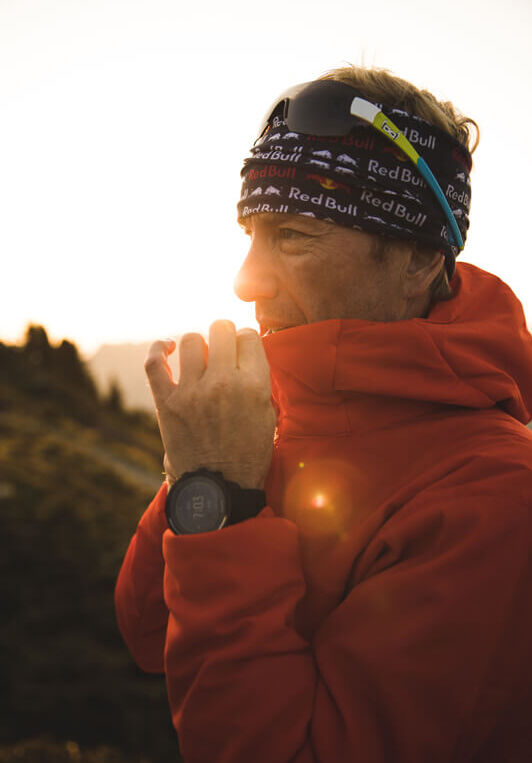
9 Are you allowed to walk occasionally during a run?
Many people say that a runner must never stop or walk during a run. But this is not a clever strategy for a trail runner. On the contrary, it’s an essential part of this sport! When going up a steep hill, it is only sensible to walk instead of running! Firstly, this lowers your pulse rate; secondly, it makes it easier to get used to the grade of the hill, and thirdly, it’s easier to find your own ideal rhythm. I, myself, walk a lot of the time. Particularly when I’m in new terrain, or if I want to go a long distance. Moreover, I can then enjoy the panoramic view.
10 What does trail running do for me?
It’s good for your overall constitution, especially for your entire support system. It particularly strengthens your foot muscles. Because trail running shoes are much softer, and because you are always running on different ground, your foot has more work to do. But there’s another point which hardly anybody ever considers: because it is necessary to concentrate on your surroundings at all times, you are constantly training both halves of your brain! Running in the mountains definitely does more for you than ordinary running on the street. And as well: there’s nothing better than this combination of sport and nature experience! What I say is this: whatever else you do in Zillertal, don’t miss this opportunity – and
experience the feeling of freedom at your feet.
#45 Bergwelten unterwegs... im Zillertal
Image: Tom Klocker and text: Johannes Stühlinger
Zillertal magazine Summer 2019
Even more stories from the Zillertal
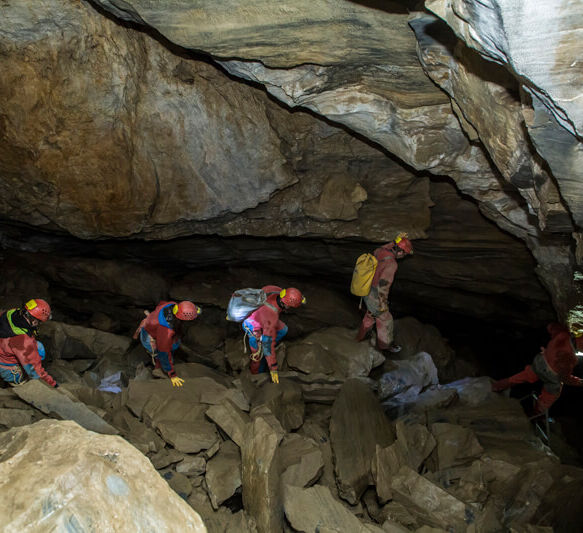
Adventure inside the mountain
The Spannagelhöhle cave on the Hintertux glacier is fascinating, thrilling, mysterious. And an unforgettable climbing experience for all daredevils who move through the narrow gorges.
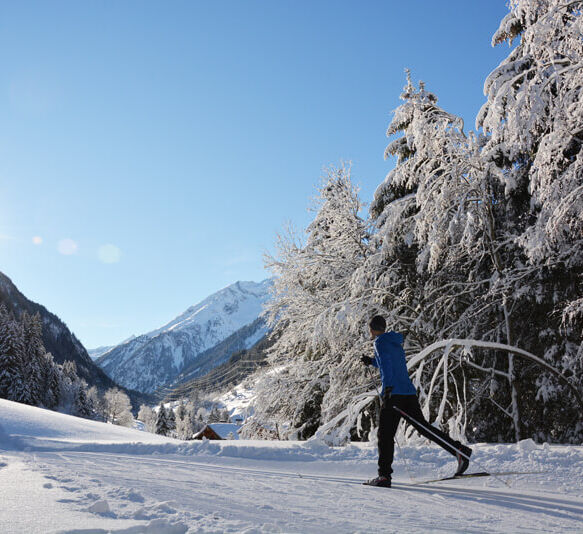
Winter magic Ginzling
The mountain village, where cross-country skiing, hiking and tobogganing turn into a fabulous outdoor experience.

Arena Champions
Whether the Speed Check, SkiMovie or Photopoint, several fun and spectacular areas await your discovery on Zillertal’s pistes.

Zillertal
Welcome to Zillertal! Where sun, snow and well-being become the meaning of life and where great freedom tempts you to let go.
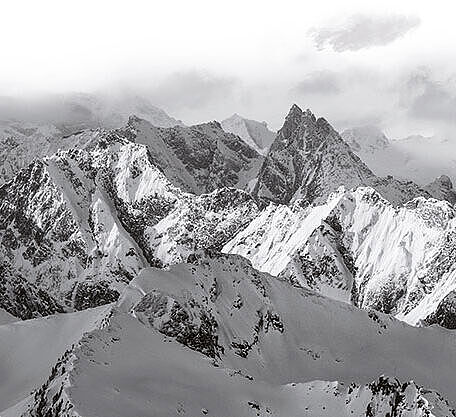
Zillertal Newsletter
Our newsletter provides you with great information about the Zillertal. Get the best seasonal tips, information from the ski resorts and about the summer mountain railways and much more.
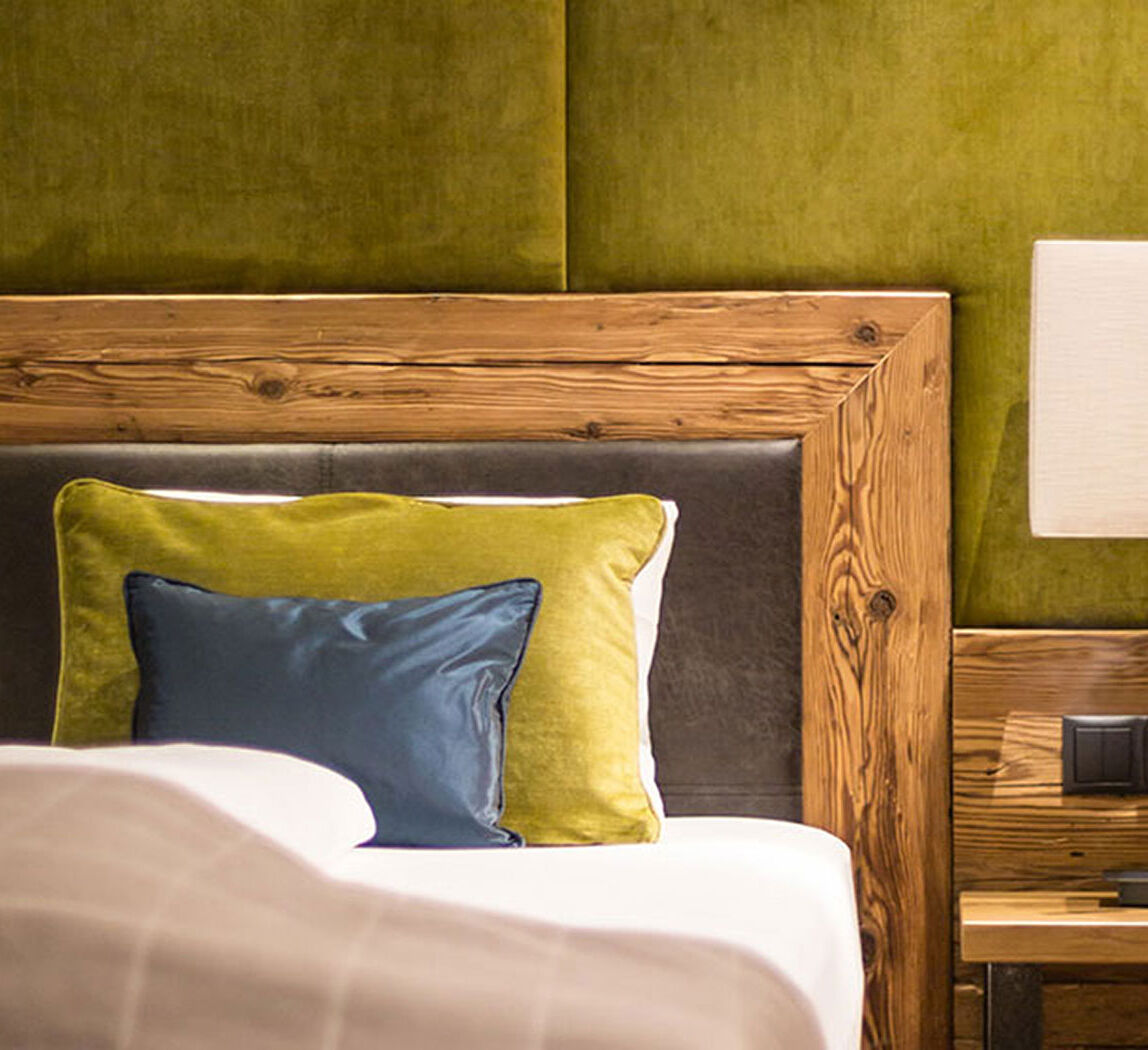
Hosts in Zillertal
Find the right accommodation for your perfect winter holiday in Zillertal – from cosy private rooms to luxury five-star hotels.
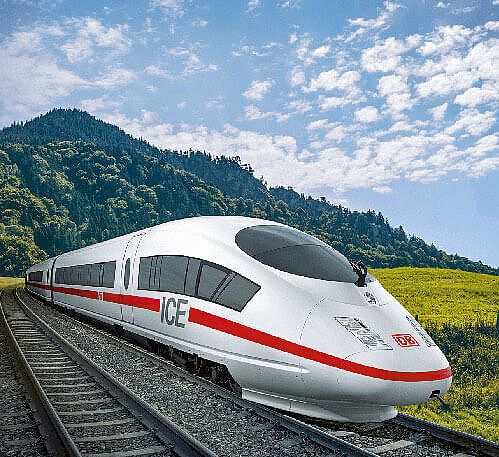
Getting to Zillertal
Zillertal is located in the west of Austria and is the widest of the side valleys on the south side of the Inntal Valley. Get to Zillertal safely and comfortably.
